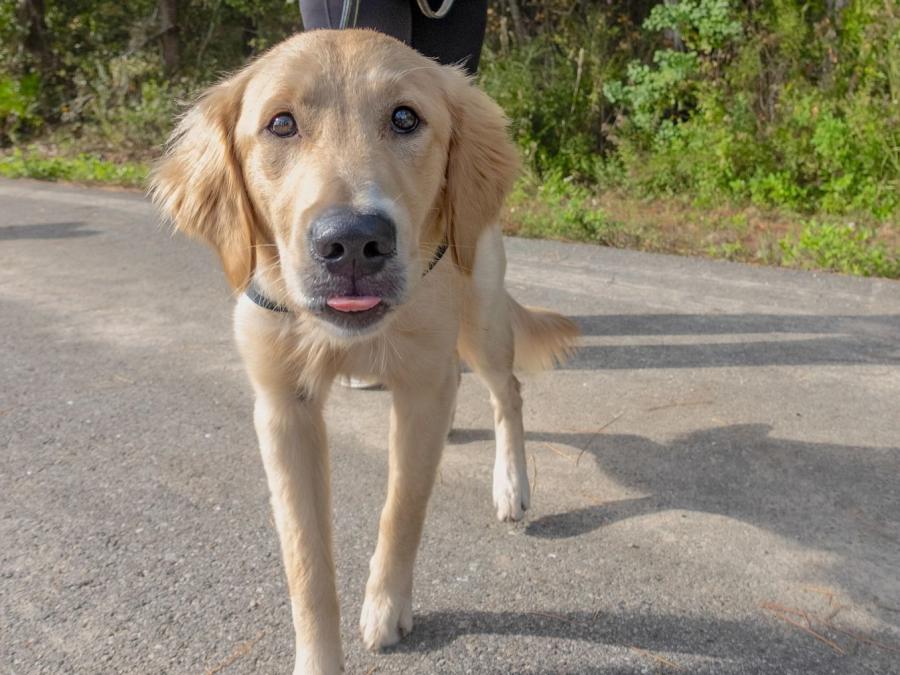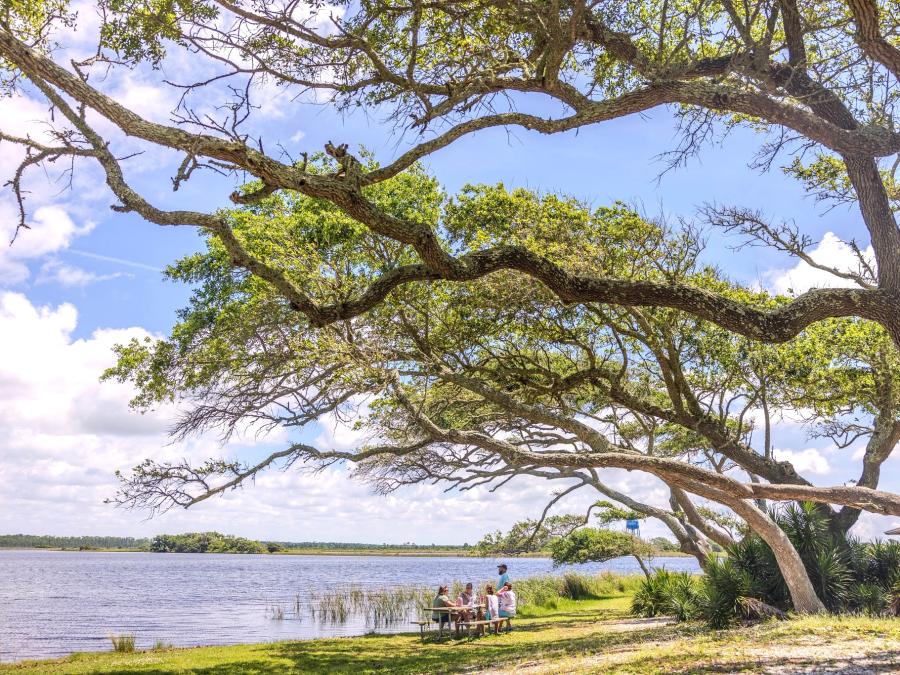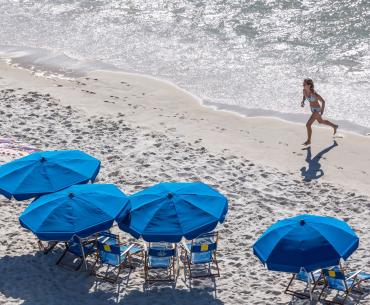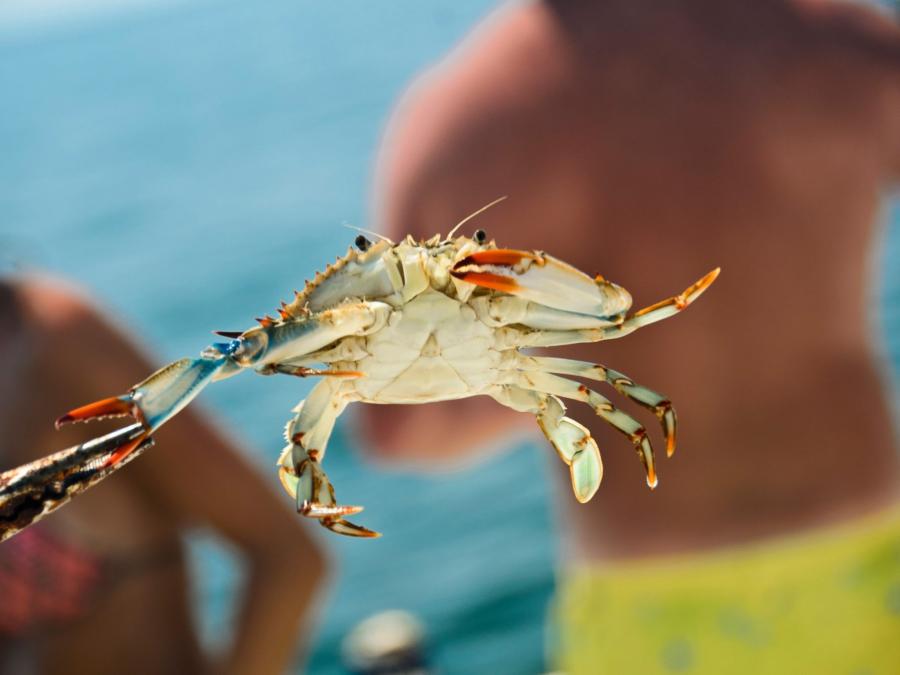When visiting Alabama's Beaches, keep these tips in mind and Share the Beach.
How You Can Help
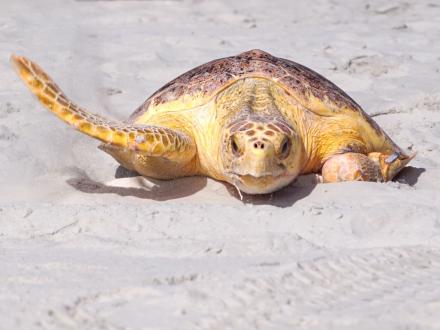
What to Do if You See a Sea Turtle Nest
What to Do if You See a Sea Turtle Nest
If you encounter a sea turtle nest, keep your distance and do not disturb the nest. If you see a sea turtle on the beach at night, stay back (at least 30 feet), stay low, and stay quiet. Allow her to nest undisturbed with no flashlights or flash photos. To report a nest or nesting turtle, call the Sea Turtle Hotline at 1-866-Sea-Turtle (1-866-732-8878).
Disturbing sea turtles, such as feeding, touching, or shining flashlights, incur fines of up to $15,000 for each offense.
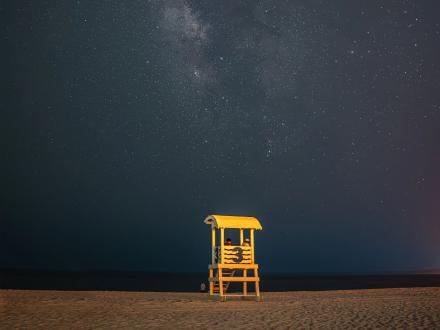
Avoid Using Bright Lights on Beaches at Night
Avoid Using Bright Lights on Beaches at Night
Stop by one of our welcome centers to get stickers to cover your phone flashlight or hand-held flashlight to help avoid disorienting the turtles that are nesting at night. Flashlights and flash photography can cause nesting sea turtles to become confused.
Turn off any balcony or outside lights that aren't turtle-friendly (red/amber shielded lights), and close curtains and blinds to prevent inside lights from shining onto the beach.
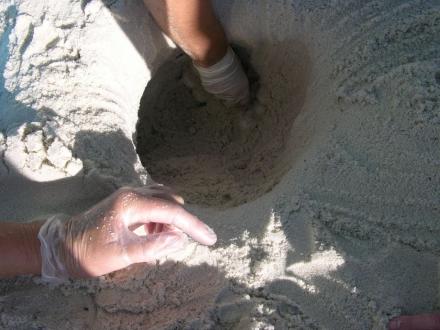
Fill In Holes
Fill In Holes
For the safety of sea turtles and other beachgoers, fill in all holes dug in the sand and refrain from digging excessively deep holes. These can trap turtles coming ashore to nest and hatchlings heading towards the Gulf and cause them to get stuck. Be sure to knock down all sandcastles or other sand structures before leaving the beach each day so turtles do not run into them and become disoriented.
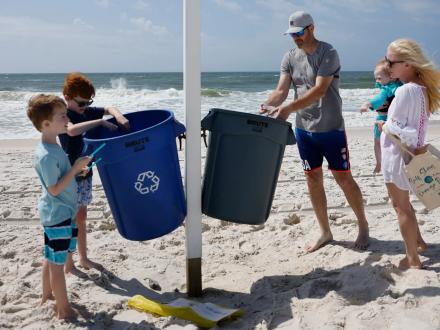
Leave Only Footprints
Leave Only Footprints
One of the easiest ways to help nesting sea turtles is to keep our beaches clean. Always pick up all of your belongings and trash after a day at the beach and remember to leave only footprints. Sea turtles may get caught in discarded items left on the beach, which can deter them from reaching their destination. Please note that our local beach patrol will discard any items left on the beach before sunrise or after sunset.
Sea Turtles on Alabama's Beaches
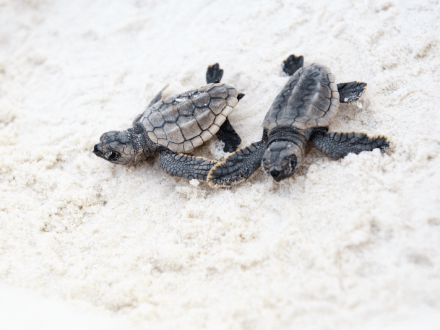
What Kind of Turtles Are on Alabama's Beaches?
What Kind of Turtles Are on Alabama's Beaches?
Loggerhead, Kemp's ridley, and green turtles use our beaches as nesting grounds. Turtles return to the same beach where they were hatched to have their eggs, so the turtles that visit our beaches are Alabama Gulf Coast natives. From the time they arrive on land to lay eggs to the moment the hatchlings crawl toward the water, their survival is at risk. Sea turtles are an endangered species, so we all must do our part to protect them.
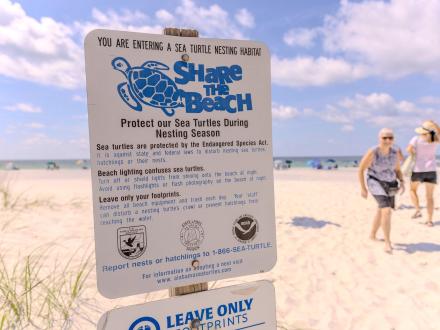
How Does Share the Beach Help Sea Turtles?
How Does Share the Beach Help Sea Turtles?
It protects and promotes the livelihood and habitat of sea turtles along the Alabama Coast. This program works to mitigate human-related impacts on these creatures, monitor nests and hatchlings, and promote the conservation of sea turtles in the state through public outreach education. During hatching season, May through October, hundreds of Share the Beach volunteers work to protect these sea turtles and ensure the safety of their nests. Share the Beach follows US Fish and Wildlife Service's protocols under the endangered species recovery permit. Those who volunteer to patrol the Beach, educate the public and school groups, conduct late-night observations, and assist with supply and equipment preparations.
By doing your part and supporting the efforts put forth by Share the Beach, you are increasing their chances of survival.
If you're a Gulf Shores or Orange Beach resident, you can volunteer with Share the Beach during the nesting season (May 1 through October 31). Visit our responsible tourism page to learn more ways to help sustainability efforts.

